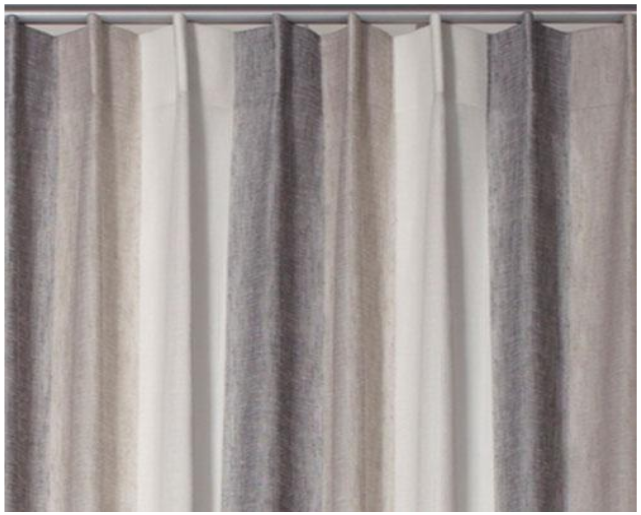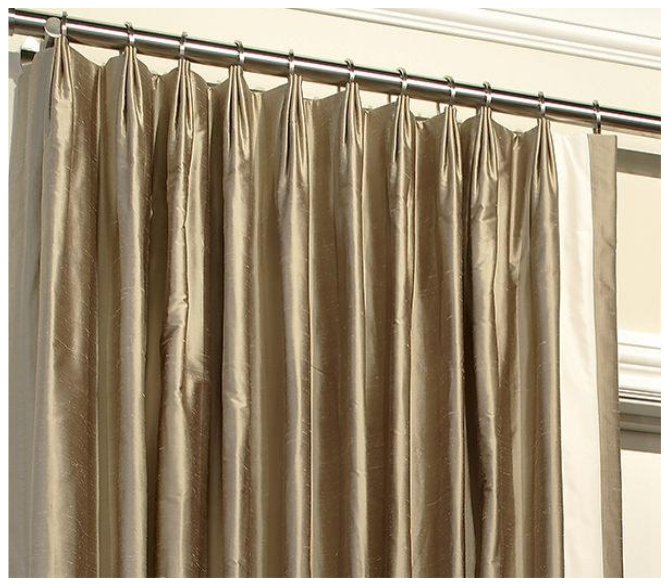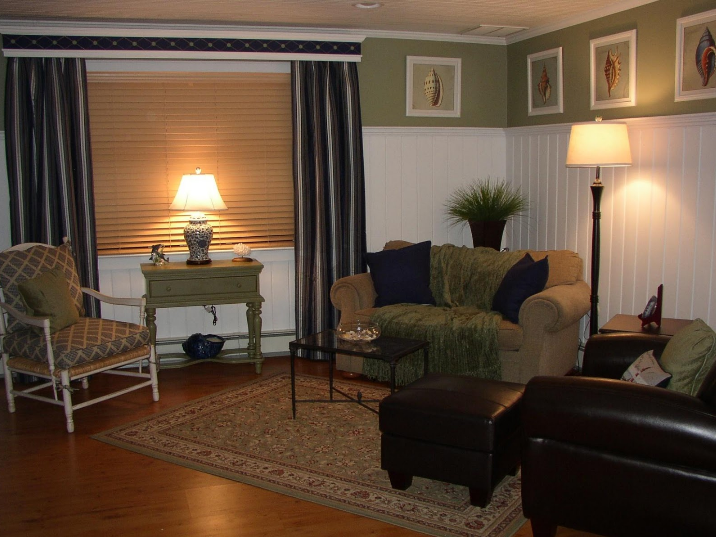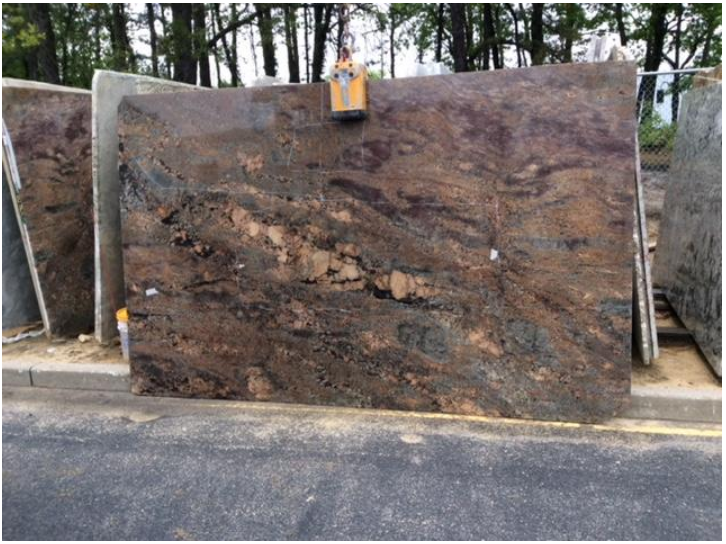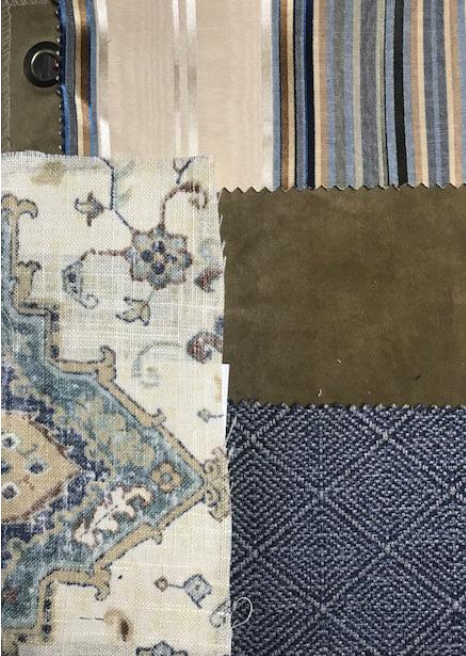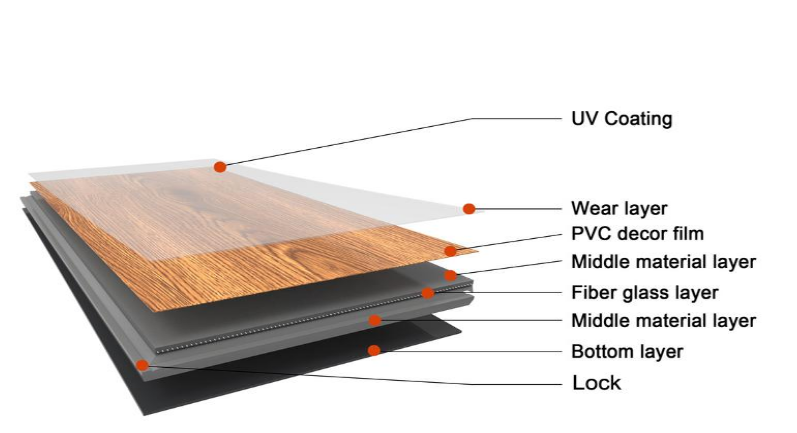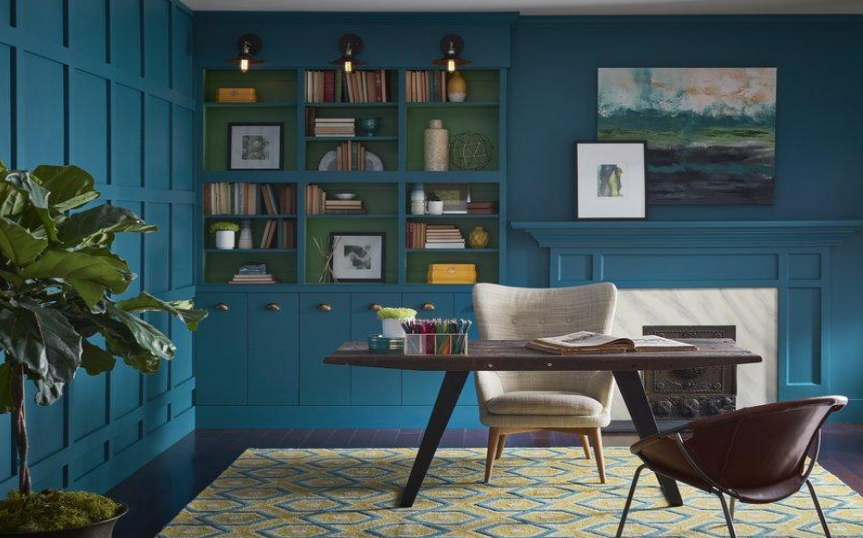I’m sure you have heard of the saying, “People in glass houses shouldn’t throw stones.” I found out in a very frightening way that we have other things to be concerned about in this glass filled world that we live in.
I have had, in every home in which I have lived, glass shower doors of one type or another. They are beautiful, functional and have created visual impact in many bathrooms. In my 47 years of home ownership and 16 years as a design professional, I have peacefully coexisted with them without incident. That all changed last weekend while my 40 year old son was staying with us overnight. He was taking a shower when suddenly I heard what I thought to be an explosion happen in the bathroom. The glass shower door had literally exploded while he was stepping out of the enclosure, showering him with thousands of pellets of glass! A call to 911, a trip to the hospital and 24 stitches later he was back home and recovering. Luckily he was not badly hurt because the tempered safety glass did exactly what it is designed to do. The incident however put me on a path to research what could cause this.
According to The Construction Specifier (https://www.constructionspecifier.com/spontaneous-glass-breakage-why-it-happens-and-what-to-do-about-it/ ), many things can cause this less than rare phenomena, including poor edge quality, frame related breakage and thermal stress. This can also occur because of microscopic nickel-sulfide inclusions in the tempered glass. On commercial sites, building codes generally require some form of safety measures to be put into effect before the structure can be occupied.
One of the safety measures available to home owners is the application of a specialized window film that can be installed on any existing shower doors. A call to my rep at Energy Solutions Window Tinting gave me all of the information I needed about a 3M product which can be applied on site in a day. This will not stop the breakage but instead will hold the glass pellets together and prevent them from showering down on an unsuspecting bather like my son! The approximate average cost comes to around $10 per square foot. Once my new doors are in place I will be setting up an appointment to have this done throughout my home and I will give an update.
If you would like any other information about this or any other design areas please contact me at liz@chrysalizdesign.com or call the office at 732 270-4546.
Liz Balogh Chrysaliz Design,LLC


